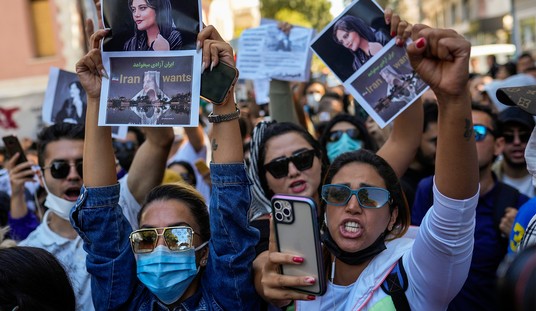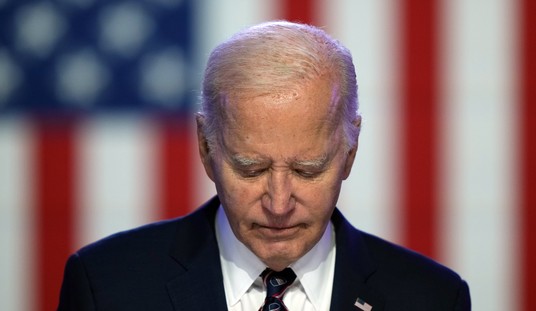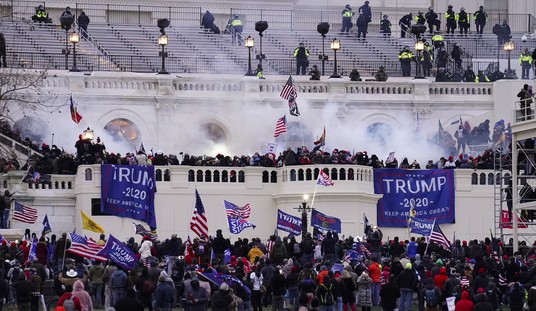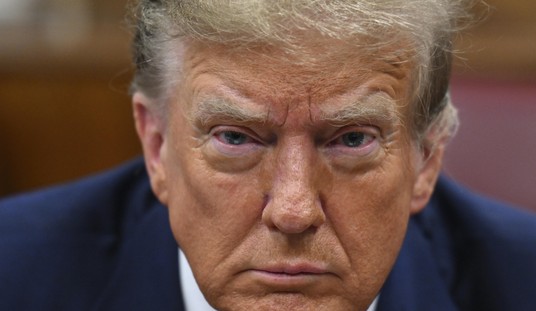After the seven days of Sukkot, the early-autumn harvest festival that also commemorates the long trek to the Promised Land, falls the holiday of Simchat Torah. Also called Shemini Atzeret, it lasts for one day in Israel and two in the Diaspora.
Simchat Torah, which starts this year at sundown on Wednesday, September 25, means “rejoicing in the Torah” (and Shemini Atzeret means “assembly of the eighth day”). The holiday marks the end of one year’s cycle of readings of the Torah, the Five Books of Moses, and the start of the next year’s cycle. It can fall anytime from late September to late October.
Like Sukkot but with a somewhat different focus, Simchat Torah is a jubilant holiday. Torah scrolls get carried around synagogues in hakafot (circuits) amid singing and dancing.
The year is a cycle and the Torah itself is a cycle: it ends with Moses’ death and begins with God’s creation of the world. So Simchat Torah is renewal and rededication; it harvests the learning of the year just ended, and embarks on a new year of study.
Back in the days of the Soviet Union, when Jews were denied the right to emigrate and incurred personal risk by studying the Hebrew language and their heritage generally, Simchat Torah became a defiant assertion of identity. As reported, for instance, on October 22, 1976:
Thousands of Soviet Jews celebrated the Sukkot and Simchat Torah holidays last week in full view of agents of the KGB…. 20,000 Jews sang and danced in joyous celebration of Simchat Torah in front of the Moscow Synagogue.
For the KGB this was suspicious and threatening, warranting surveillance.
And how’s the Torah doing in Israel these days? The answer is that it’s thriving. In its wide sense, Torah refers to the vast body of Jewish texts beginning with the Five Books of Moses and continuing through the Talmud and other rabbinic commentaries. Today in Israel there are more students in yeshivas—schools for study of the Torah in that sense—than there were in Eastern Europe between the world wars; that too having been a locus and time of great Torah effervescence.
But beyond the yeshivas, Torah—mainly in the sense of the Hebrew Bible—is also part of the core curriculum of Israel’s secular Jewish schools. I’ve known middle-aged “secular” Israelis who have instant recall of every fine point of the Bible’s stories. The Israeli public discourse is liberally peppered with biblical homilies and turns of phrase.
That’s not to say all is harmonious. Torah, an intimate member of the family, is also a source of conflict. Part of the ultra-Orthodox (or haredi) world still rejects the Zionist state as a form of blasphemy; and the rabbinate, which has sway over marriage, divorce, and conversion, stirs resentment by imposing rigid readings of Jewish law.
But on the bright side, a more moderate swath of the ultra-Orthodox community is at last starting to integrate into the Israeli state, with unprecedented numbers now enlisting in the army and joining the workforce.
Zionism and the rebirth of Israel would not have been possible without the Torah, the textual embodiment of the age-old attachment to the Land of Israel and Jerusalem, the safe haven of the Hebrew language over the centuries, the spring of the Jewish people’s ethos and identity. Hence the holiday of Torah is one of rejoicing.









Join the conversation as a VIP Member